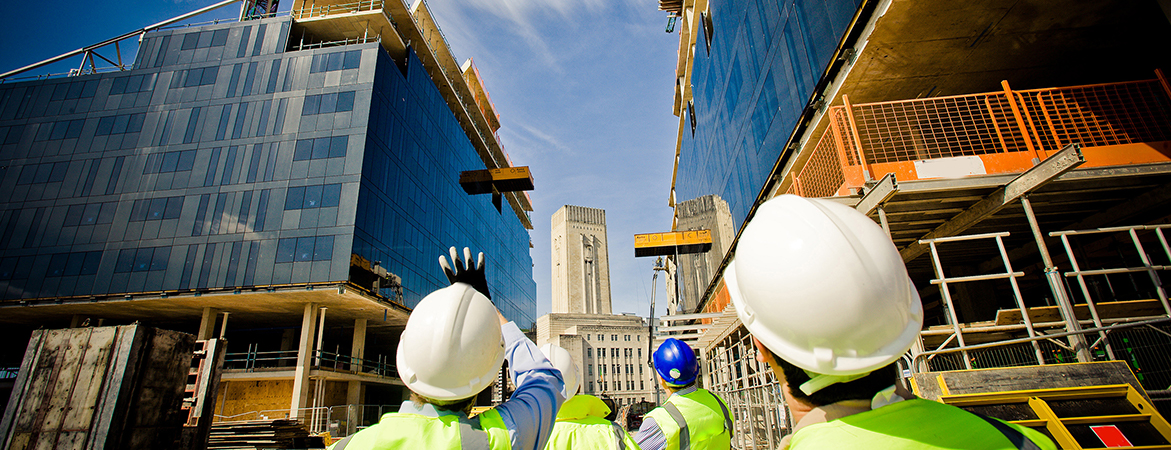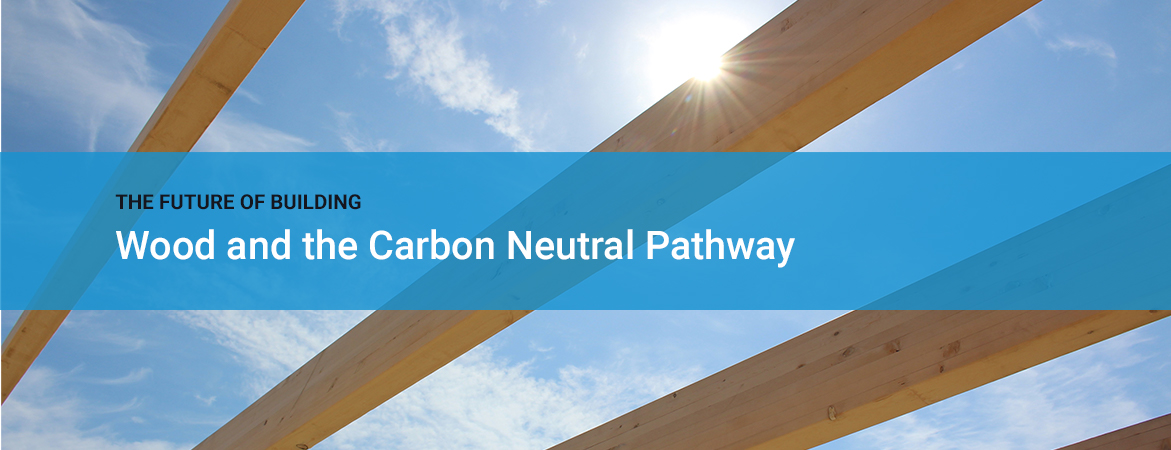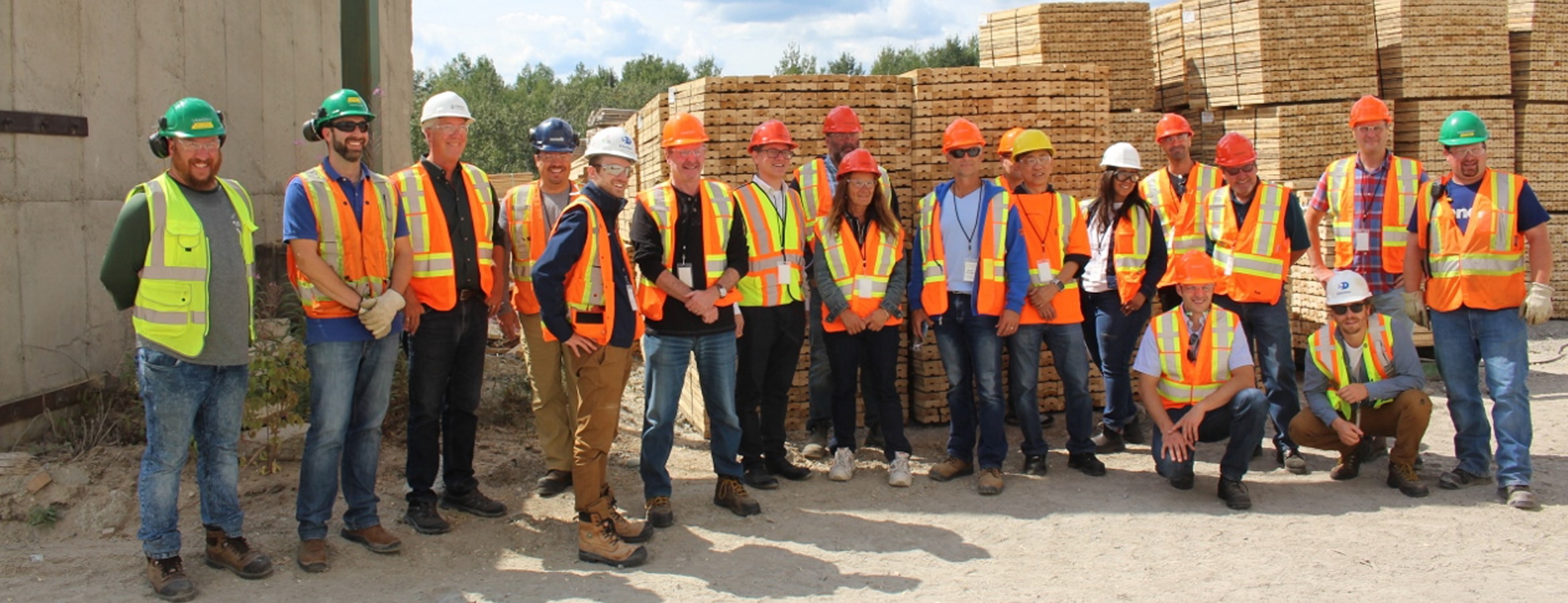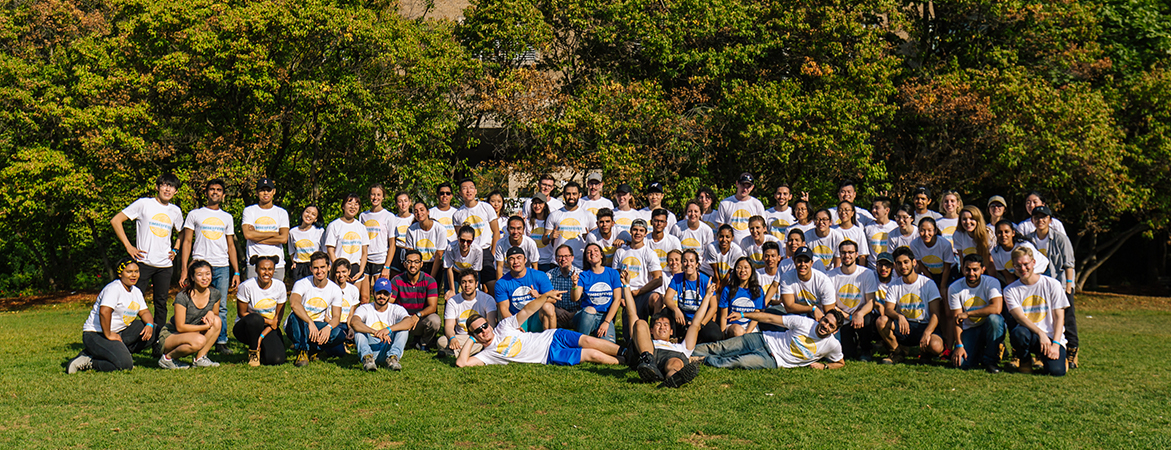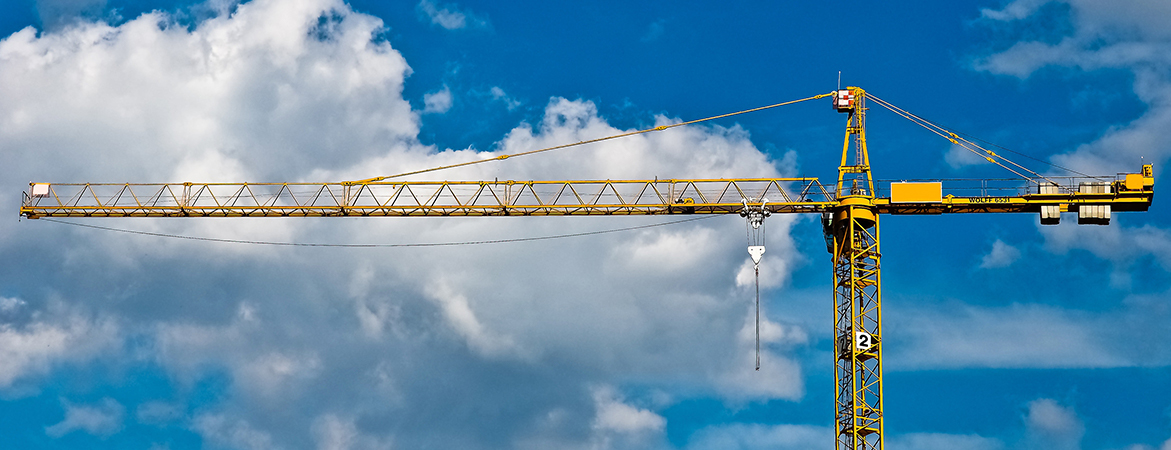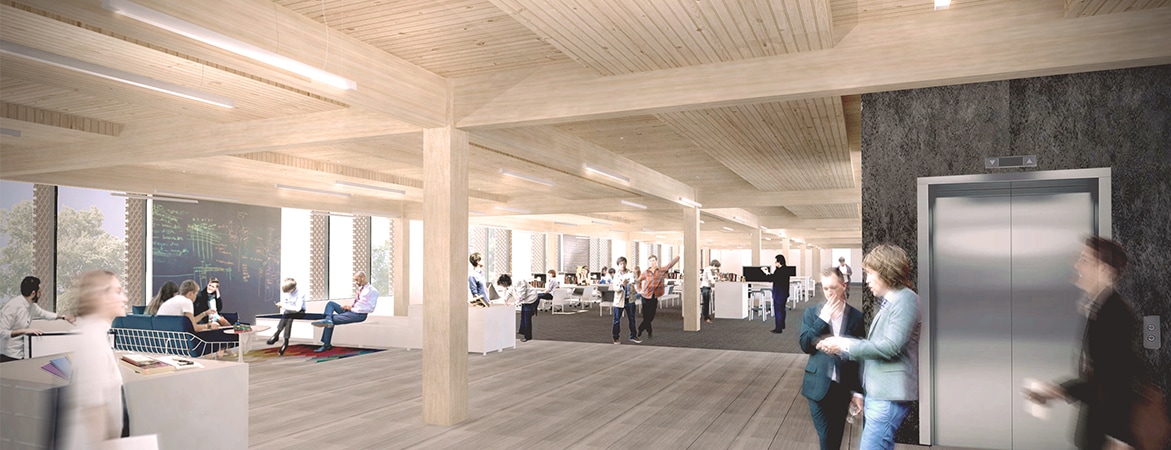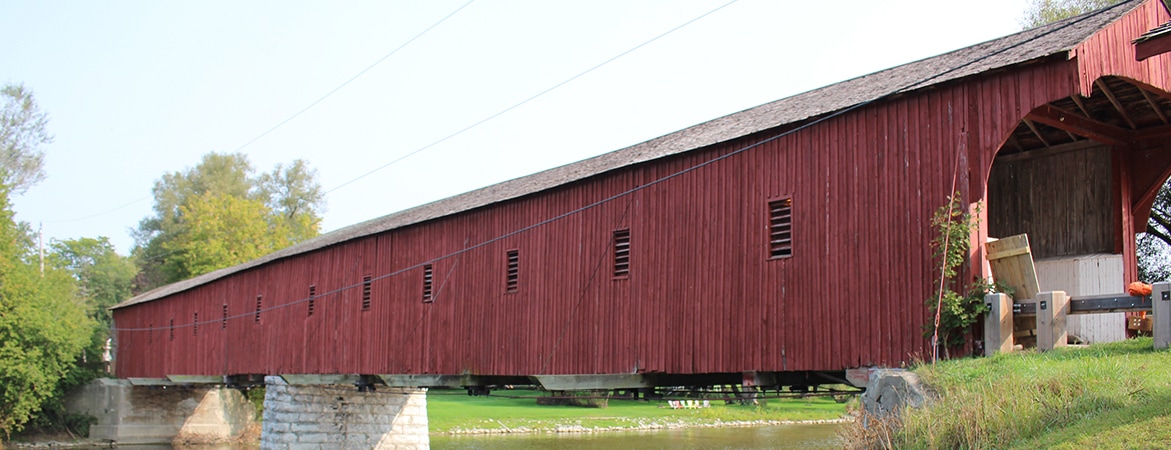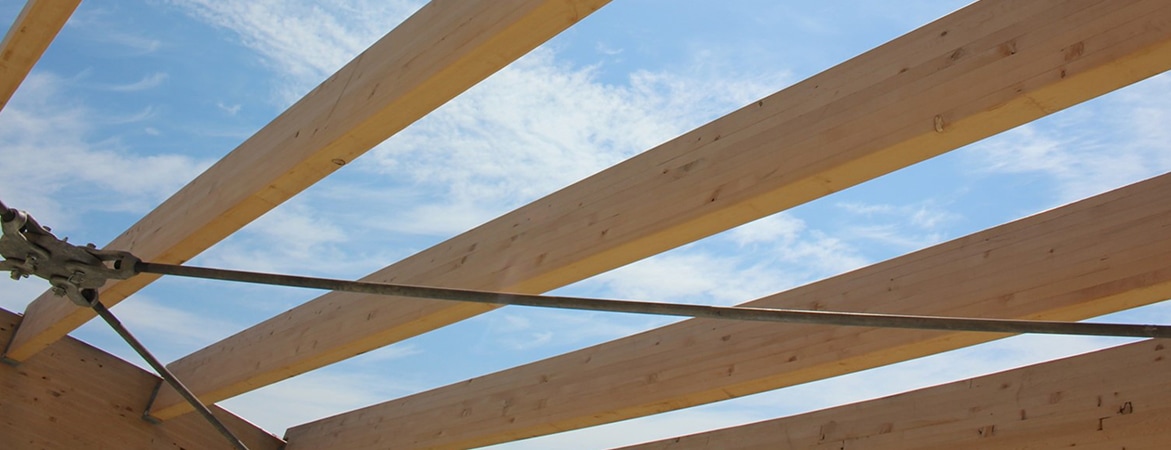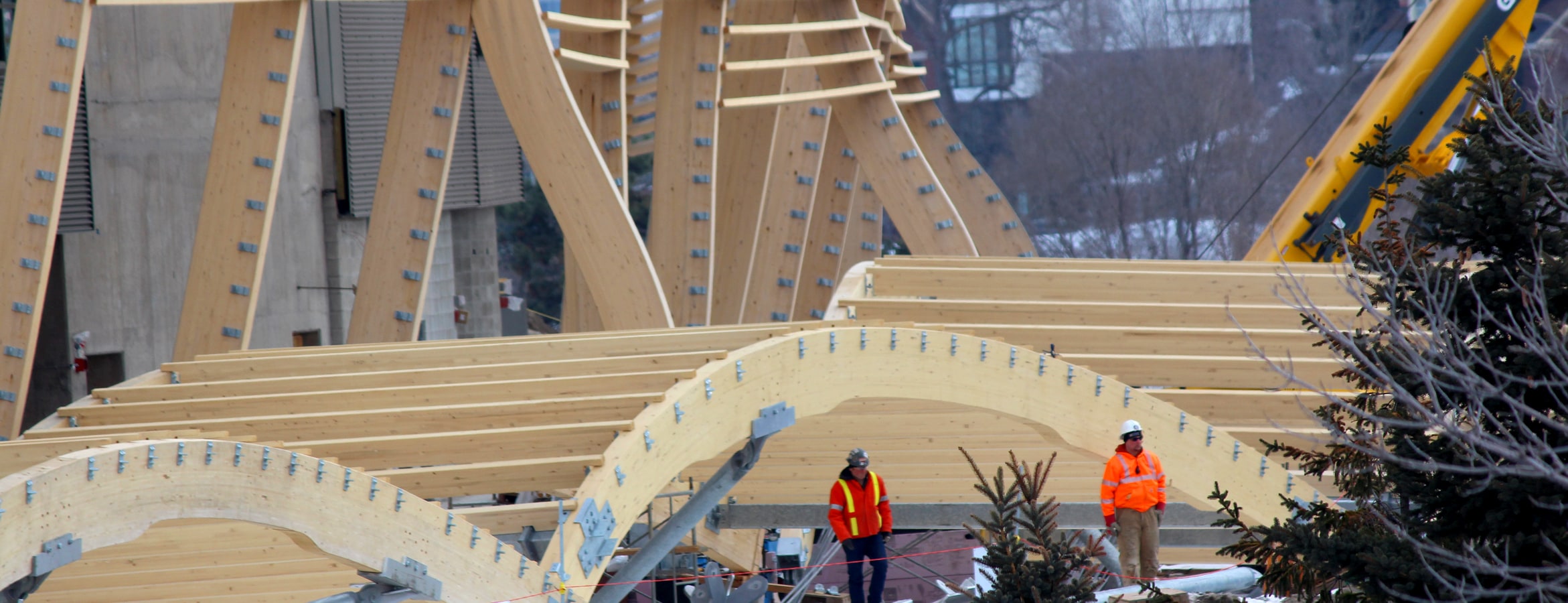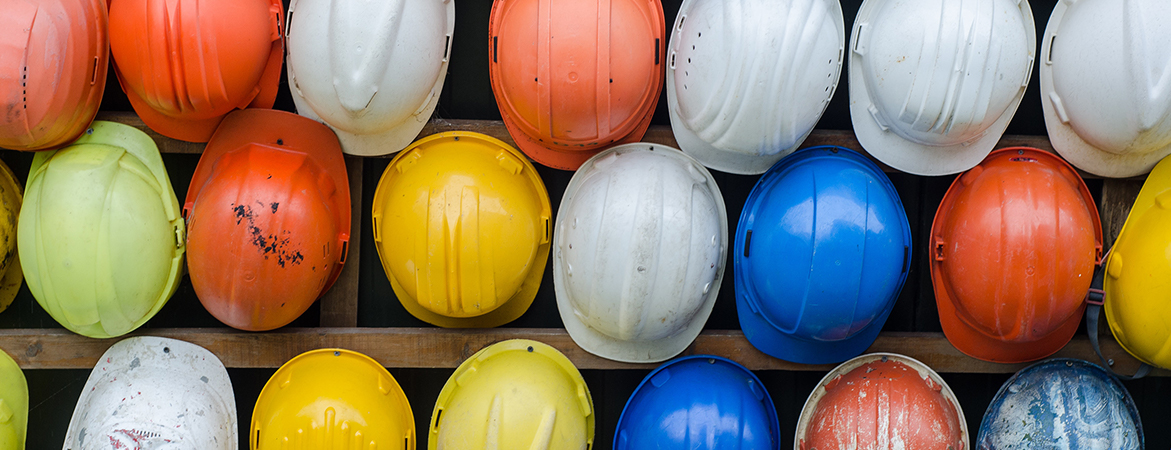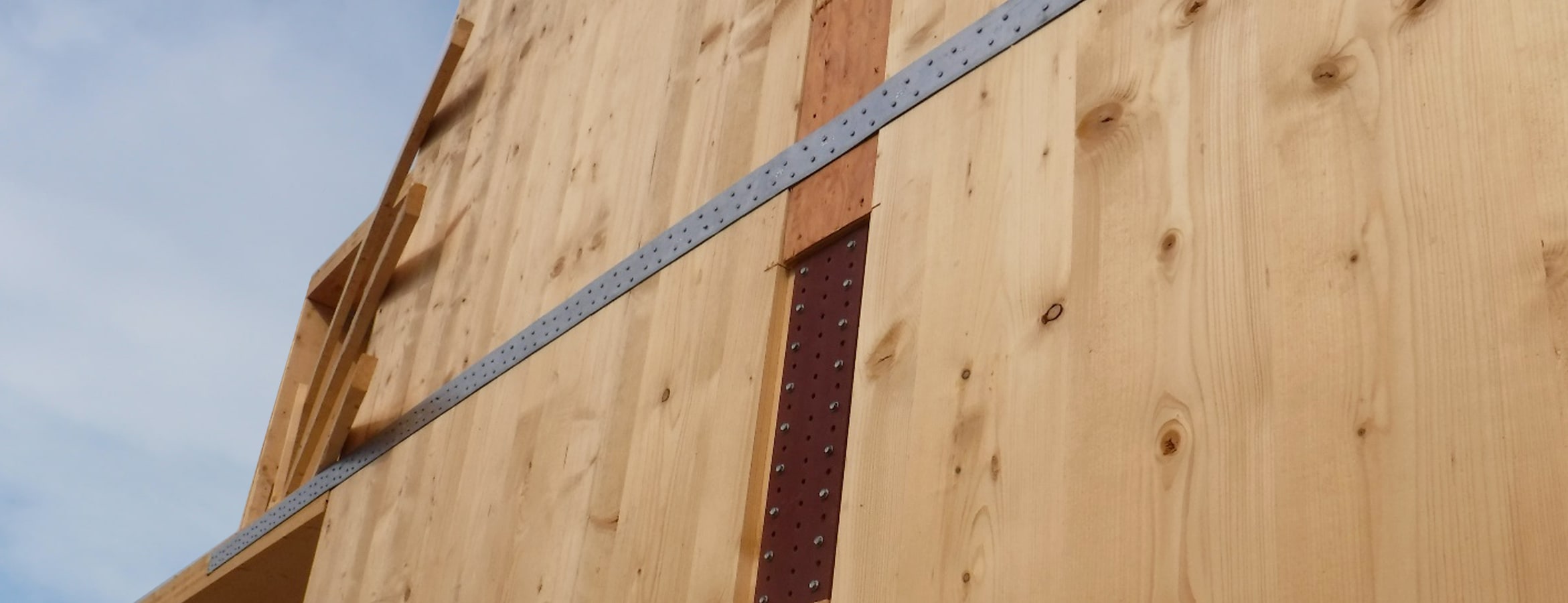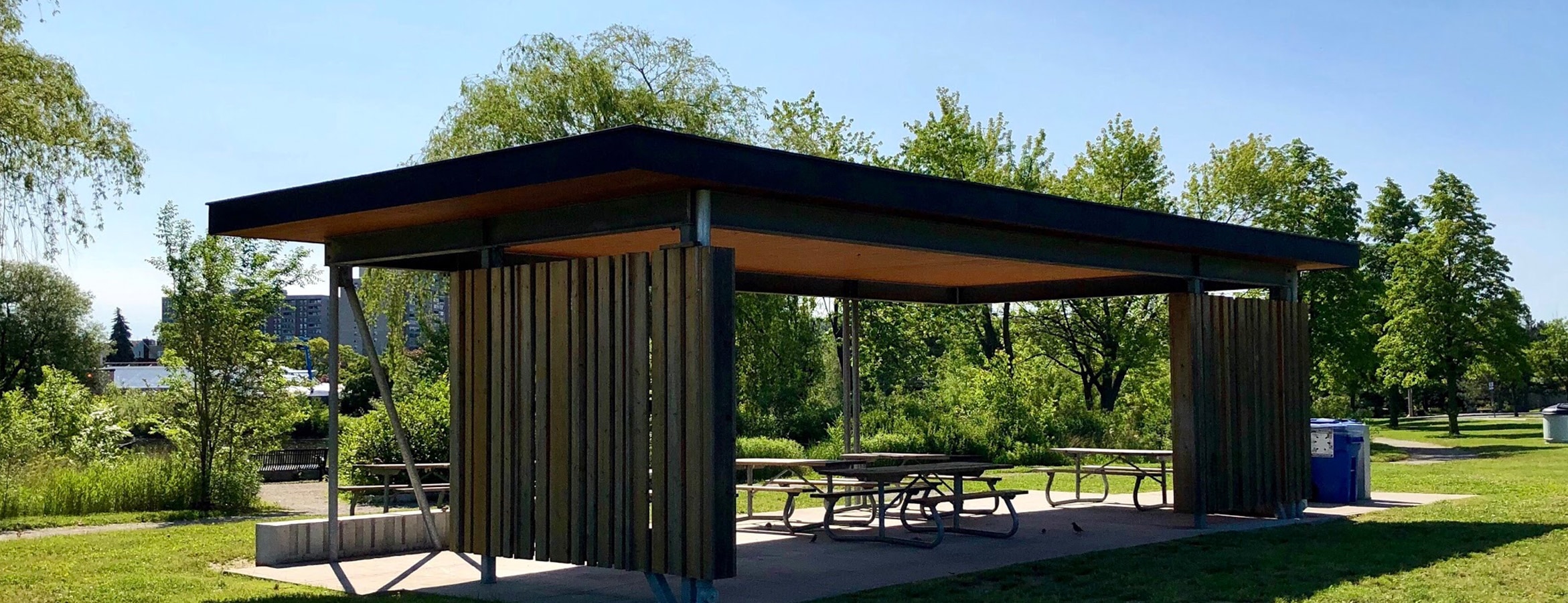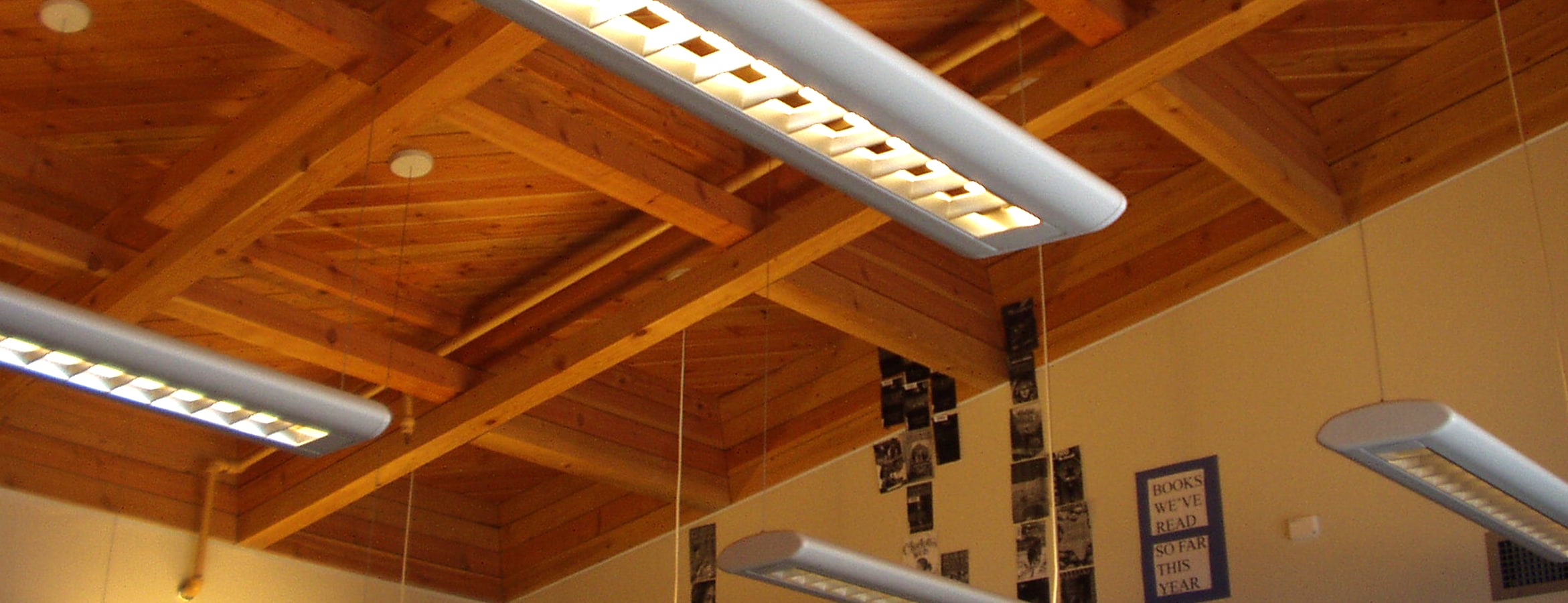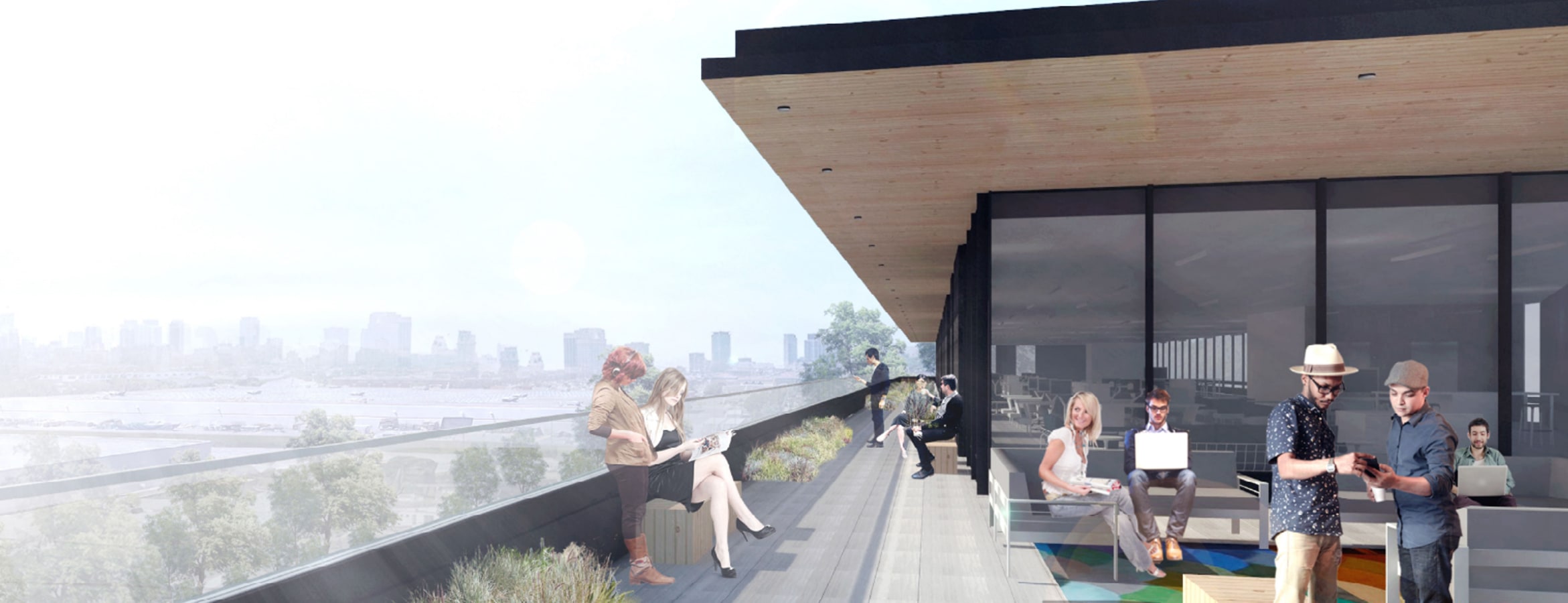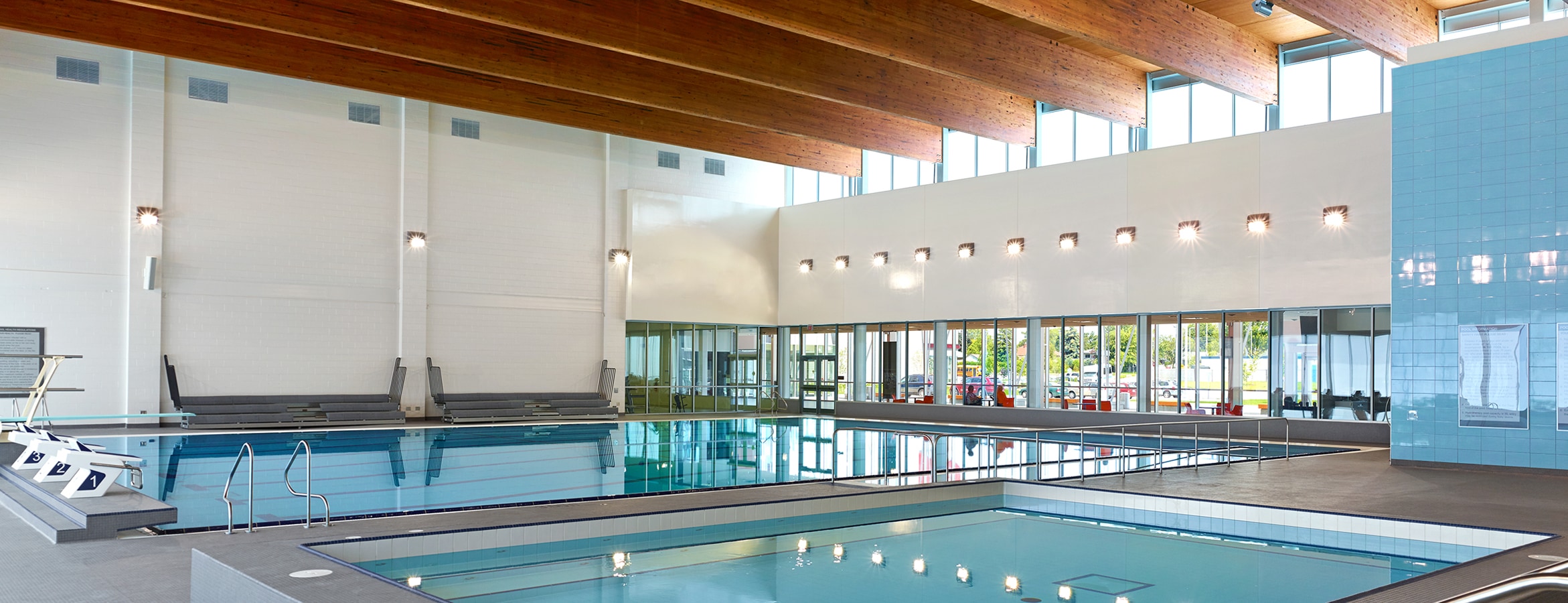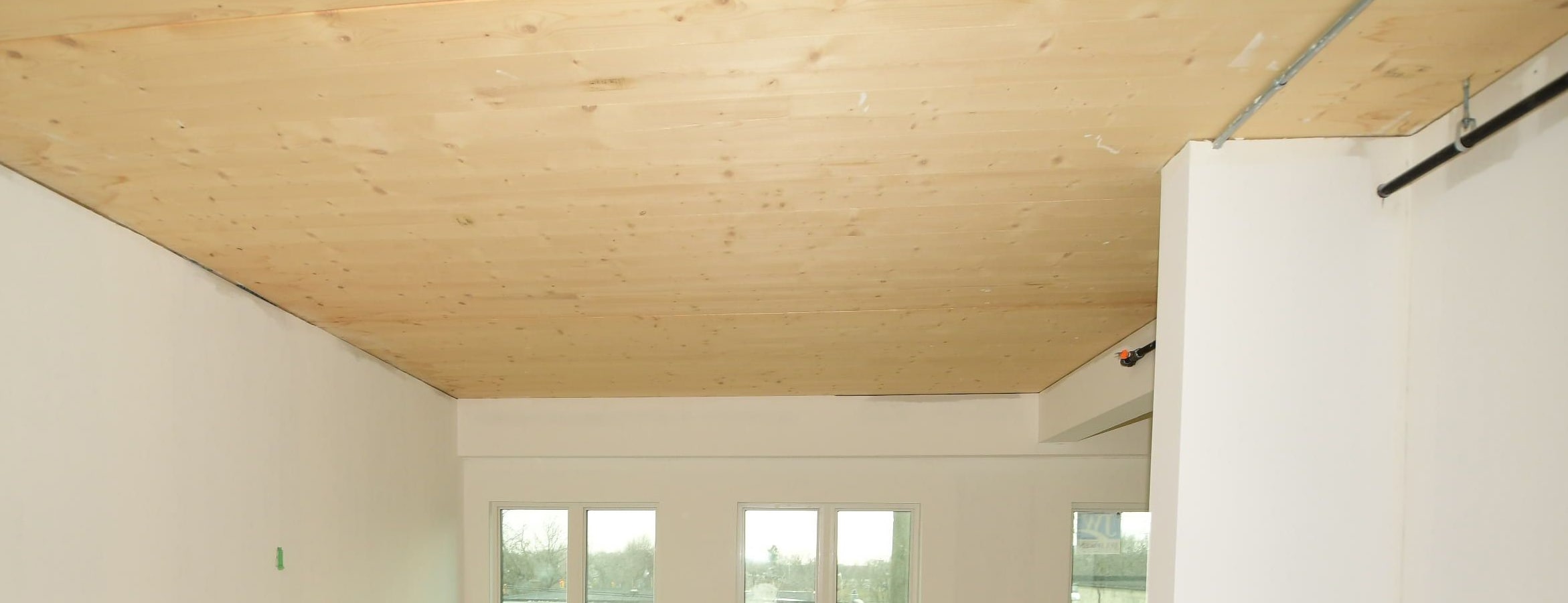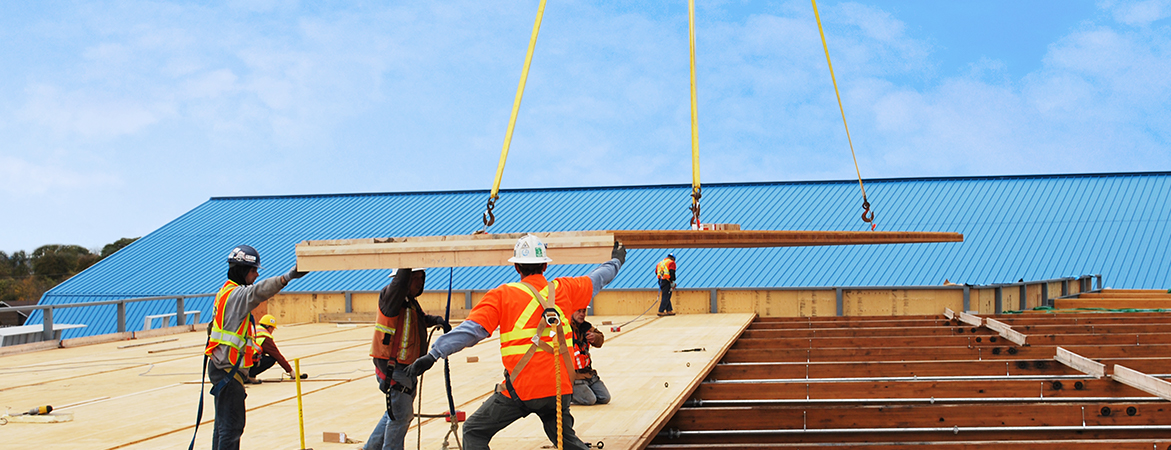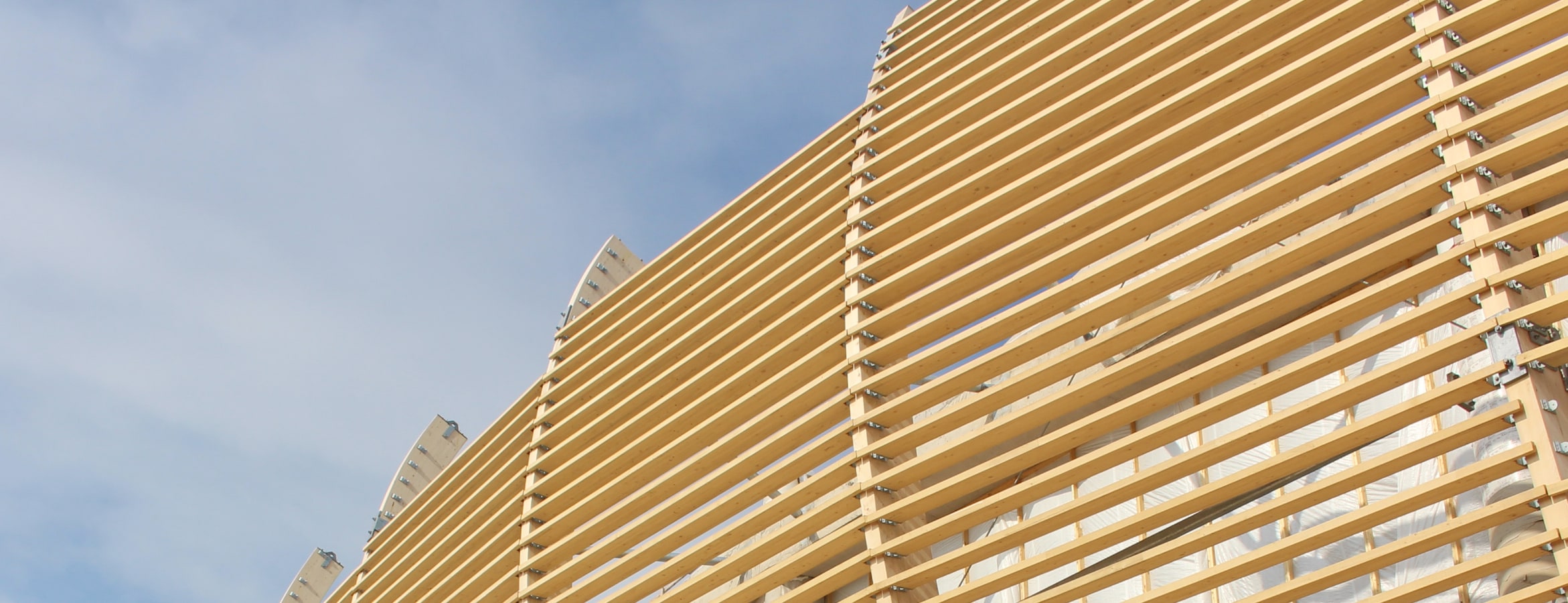How can we change the way we build?
Buildings consume approximately 50% of all energy used annually in Canada and the United States. The focus on energy reduction in buildings is normally on reducing heating, cooling and electricity use. We have seen positive results in energy reductions through government programs which offer incentives for building audits, and energy efficiency retrofits.
Energy use during building operation is only part of the equation. Operational Energy is the energy used for heating, cooling and electricity. However, the total energy use of our buildings also includes the energy that is consumed to make and install the materials used in the construction of our buildings. This is referred to as the Embodied Energy of construction.
Total Energy Use = Operational Energy + Embodied Energy
Why does Embodied Energy matter? On the first day of occupancy in a new building, nearly 100% of the energy used by the building is Embodied Energy. Only when the lights are turned on, Operational Energy begins to accumulate.
The materials we build with can have a tremendous impact on the Embodied Energy of a building. As energy efficiency in new buildings improves (with better insulation, windows and mechanical systems), the percent of total energy use contributed by Embodied Energy grows.
Wood is the only major construction material in Canada that has a reverse effect on Embodied Energy. Carbon emissions into the atmosphere are a major cause of global warming and climate change. Wood sequesters carbon (i.e. wood stores carbon) and effectively becomes a carbon sink, preventing or delaying the emission of carbon into the atmosphere.
Read the full report for detailed information on how you can start reducing embodied energy in your projects today. Email David Moses to request a copy: dmoses@mosesstructures.com
